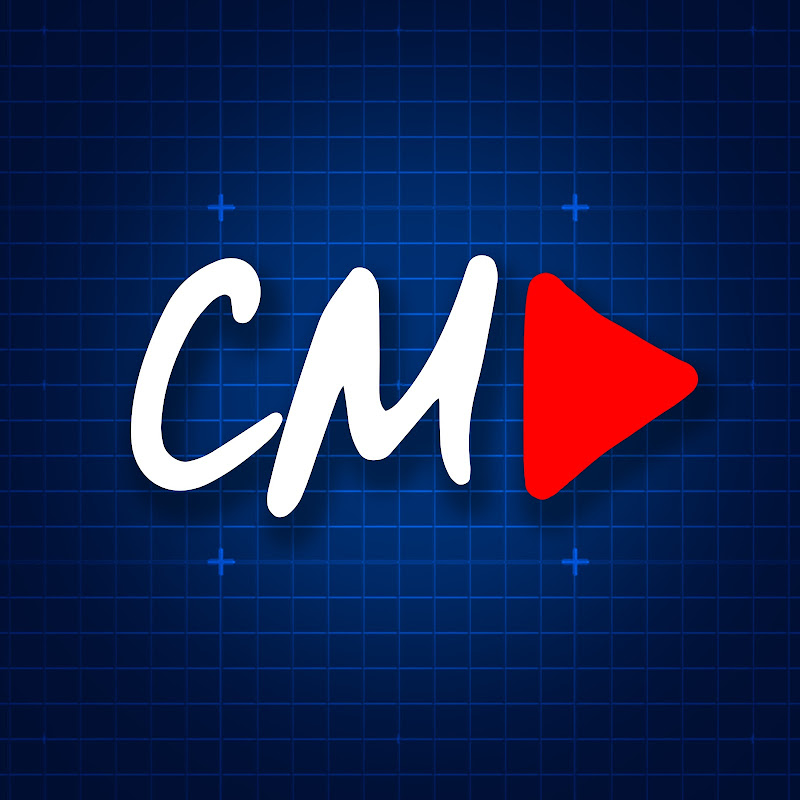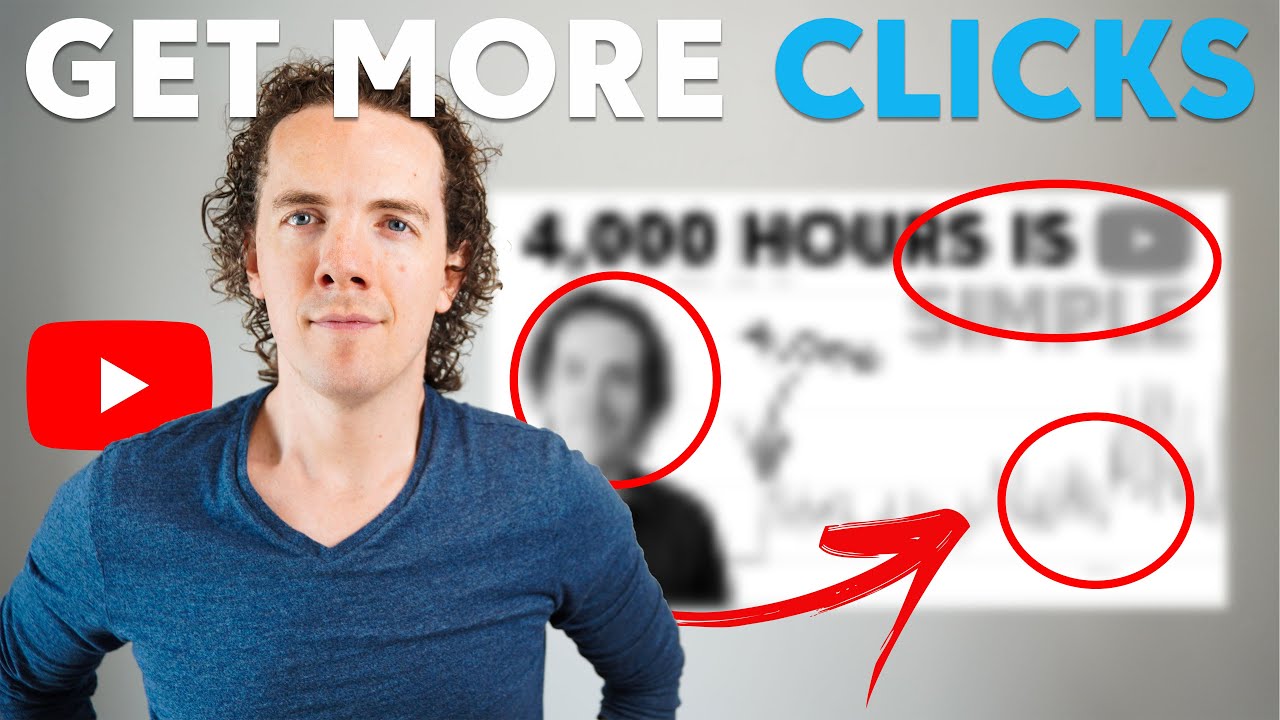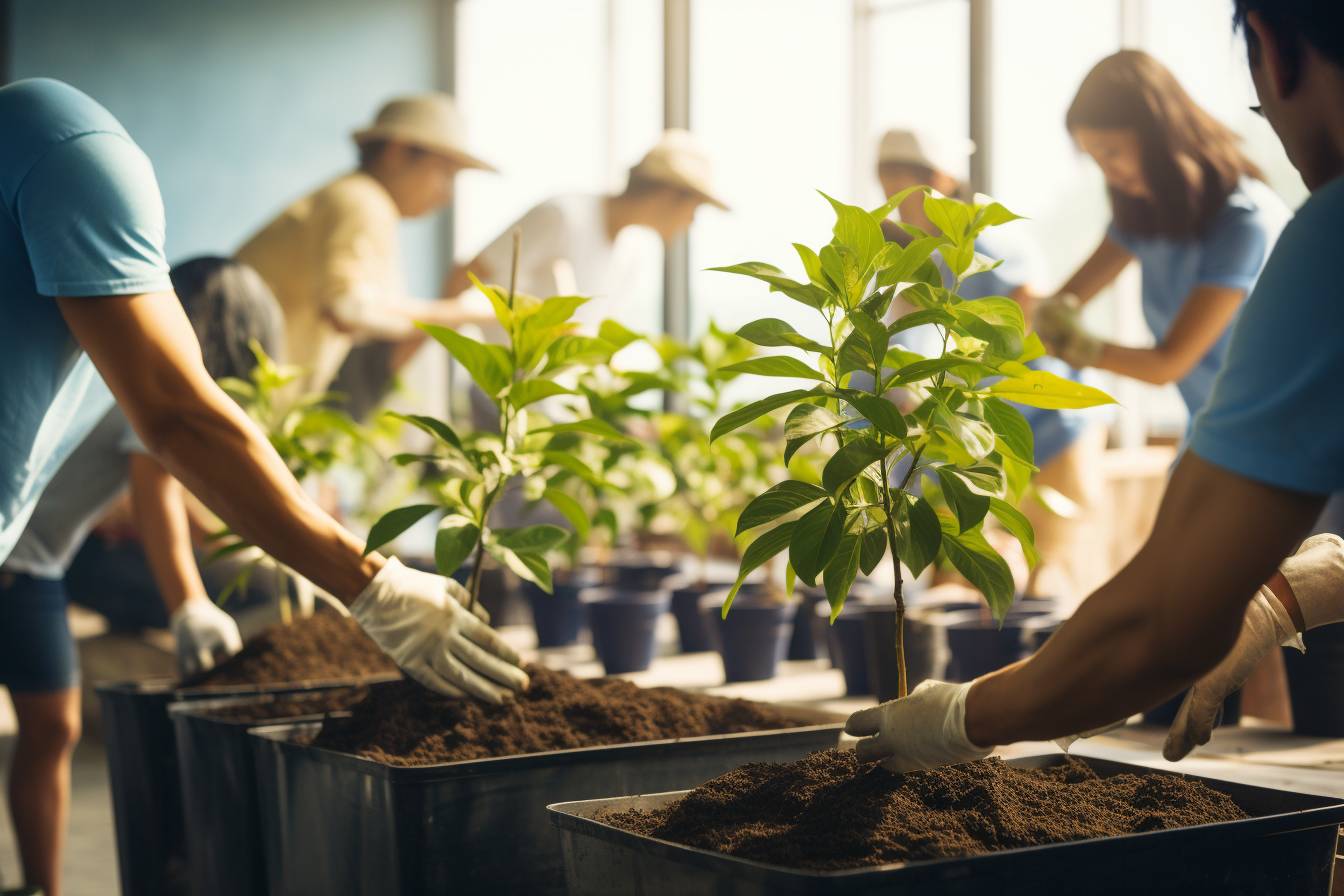 Ronald Aug . March 20
Ronald Aug . March 20
Dealing With Negative Feedback And Burnout
Building Resilience in the YouTube Landscape
- Collaboration Empowering Resilience
- Leveraging Collaborative Techniques
- Tips for Effective Collaboration

An often overlooked yet instrumental approach toward boosting resilience lies in promoting collaborative efforts among YouTube content creators. The notion of 'two heads are better than one' rings particularly true in this context, with collaboration amplifying creative capabilities, diversifying perspectives, and spurring innovation.
Collaboration Empowering Resilience
Drawing upon concepts from business strategies, integrating collaborative practices within YouTube content creation aligns with the principle of synergy – the overall effectiveness of combined efforts being superior to the sum of individual efforts. Collaborations can serve as a safety net, with creators supporting each other during challenging times, thus fostering collective resilience.
Through collaboration, creators can share the responsibilities and pressures associated with producing content. Moreover, they can learn from each other’s experiences and draw on mutual support to manage burnout or deal with negative feedback.
Leveraging Collaborative Techniques
There are sundry collaborative techniques that creators can adopt to enhance resilience. A technique worth considering is the ‘Brainwriting’ method, a process where creators come together to discuss and note down their ideas. This can circumvent the negative aspects of groupthink and foster a space where all ideas are appreciated, thus leading to a more diverse range of content.
Joint video projects are another effective collaborative technique. These could take the form of shared video series, guest appearances, or challenge videos - a collaborative trend frequently seen on YouTube. Such projects not only lead to shared viewership and wider audience reach, but also divide the workload, aiding in managing creator burnout.
Tips for Effective Collaboration
For collaborations to be effective in building resilience, here are a few key practices to follow:
-
Clear Communication: This is the foundation of any collaboration. Creators should ensure open, honest, and regular communication to align expectations and keep the collaborative process smooth.
-
Set Mutual Goals: Creators should discuss their objectives and set shared goals at the outset of the collaboration. This enhances cohesiveness and ensures that everyone is working toward a common end.
-
Respect Individual Strengths: Every creator brings unique skills and strengths to the table. Recognizing and leveraging these can bring about superior content and a more positive collaborative experience.
Coupled with due observance of copyright laws and potential sponsorship contracts, these practices can help establish a resilient collaborative environment.
Collaborating within the YouTube landscape is no walk in the park. It necessitates effort, commitment, and a great measure of tact. However, by following these tips, content creators can employ collaborative writing to not only foster personal and collective resilience but also enrich the overall content quality and viewer experience on YouTube. The resulting symbiotic relationship is well worth the initial investment, substantiating that when it comes to resilience and growth, we're always stronger together.
Dealing with Negative Feedback


 Channel Makers
Channel Makers
Meik Wiking, the author of "The Little Book of Lykke" and CEO of the Happiness Research Institute, asserts that the human brain has a tendency to focus more on negativity – an idea commonly referred to as "negativity bias." Equipped with this understanding, it becomes easier to see negative comments as an outcome of this inherent propensity rather than as a personal assault. Simultaneously, it's important to remember that, statistically speaking, people are more likely to comment when they have complaints, hence the actual viewer satisfaction is typically higher than what the feedback might imply.
Collaborative writing, which involves multiple individuals working together to produce content, can go a long way towards both mitigating the impact of and learning from negative feedback. Not only does this partnership provide emotional support from someone conversant with the circumstance, but it also offers the potential for constructive criticism and fresh perspectives.
Renowned Harvard Business School professor Teresa Amabile's research suggests that collaboration can stoke creativity. She concludes that collective minds, when working towards a common goal such as creating content for YouTube, are likely to produce better and more diverse ideas. This diversity could extend to strategies on managing negative feedback.
To enhance the effectiveness of collaborative writing for YouTube content, here are some best practices:
• Ensure Clear Communication: Strive for open, honest, and continuous dialogue. Every collaborator should feel comfortable expressing their ideas and concerns. • Value Each Contribution: Respecting each input fosters a more inclusive space that encourages more ideas. • Regularly Review Feedback: Make time to collectively go through viewers’ comments. This will help in identifying recurring themes and concerns that may need addressing.
Learning from negative feedback is a critical growth step towards improving your work. As a study from the Department of Psychology at the University of New York asserts, "Negative feedback can be a powerful force for learning - if it is used properly and in the right spirit". It provides a general idea of where improvements can be made and, together with a collaborative partner, you can brainstorm and implement strategies for these improvements.
Remember, the ultimate goal is to enhance your content quality without sacrificing your creative autonomy. Feedback, whether positive or negative, provides us with invaluable learning opportunities. Embrace them and use them for personal, professional, and creative growth.
Leveraging Your Community for Positive Impact

Indeed, the power of collective intelligence has been recognized in various fields. As seen in swarm intelligence studies, communities—like bees or ants—can present effective solutions through powerful collaboration. When this concept is applied to the YouTube domain, the strength of diversity becomes clear. Collaborative writing allows creators to leverage distinct voices, scripting styles, and content perspectives, resulting in richer and more engaging content.
There is also synergy involved in collaborative writing. The concept of synergy, borrowed from business studies, suggests that the collective output of a group is greater than the sum of individual contributions. Greater synergy in a YouTube community not only enhances creativity but also helps in generating versatile content that caters to a broader audience. However, like any group project, collaborative writing for YouTube isn't without its challenges. It calls for effective communication, coordination, and a shared vision among the collaborators.
To navigate these challenges, here are some recommended best practices for a smooth and productive collaboration process:
-
Establish Clear Roles: To prevent overlap and ensure efficiency, it's crucial to assign precise functions to each participant. This could range from scriptwriting, research, video editing, to channel optimization for SEO.
-
Incorporate a Mix of Skill Levels: A group with diverse abilities enables shared learning and strengthens the group as a unit. Veteran experience combined with fresh, unconventional perspectives can deliver compelling content.
-
Utilize the Right Tools: Technology can facilitate better communication and coordination. Platforms like Google Docs or Trello can keep everyone on the same page and streamline the creative process.
Remember, though, it's not just about producing unique content—it's also about engaging your community authentically. Be as interactive as possible with your audience. Prompt them to share their thoughts and inputs, show appreciation for their participation, and create an environment where they feel valued.
Lastly, while creative burn-out is a genuine problem faced by creators, it can be mitigated through collaboration. Blending your creative process with others can bring in fresh energy and reduce the workload, thus helping combat creator burnout.
In essence, with collective intelligence, effective communication, and a distinct vision, leveraging your community for positive impact can translate into innovative content, increased viewership, and substantial growth for your YouTube channel.
Preventing and Overcoming Burnout

Thankfully, creators can employ a number of strategies to prevent and overcome burnout, informed by various studies from the fields of business and psychology. One such approach is collaborative writing.
The Power of Collaboration
Collaborative writing can significantly aid in preventing burnout. By sharing the creative load, creators can diversify their content, rekindle their passion, and avoid exhaustion. A study by Harwood (2008) in the realm of business communication found that collaborative writing leads to a more diversified knowledge and skillset, which enhances overall quality and productivity of output.
Collaborative writing doesn't just dilute the creative load but also brings in fresh perspectives and ideas, recharging the creative engine. In essence, it acts as a safeguard against creative exhaustion.
Collaborative Techniques
There are numerous collaborative techniques creators can utilize. A popular one is brainstorming, where all parties involved suggest ideas for a particular YouTube content. This can also involve mind-mapping or sketching out ideas visually. The focus here isn't on immediate perfect execution but on pooling together a variety of ideas.
Storyboarding is another collaborative method explored often. It involves visual organization of content, narrative arcs, and script mappings to ensure that all creators are on the same page and their ideas are effectively incorporated.
Likewise, consistent communication is crucial. Utilize tools like Google Docs, Zoom, or Slack for real-time collaboration and feedback. It reduces confusion and creates a smoother workflow, mitigating burnout in the process.
In addition to these strategies, creators can utilize collaborative processes such as script exchanges or 'pass the parcel' style writing. This not only breaks the monotony of content production but also bolsters creativity.
Tips and Best Practices
When it comes to effective collaboration, there are few best practices to consider:
- Clear communication: Ensure everyone understands the goals and the vision of the project.
- Be receptive: Valuing every team members' ideas can fuel creativity and foster a healthy collaborative environment.
- Regular breaks: Helps in recharging and ultimately leads to better productivity.
Overcoming Burnout
In instances where burnout has already taken root, there are some recovery strategies. First, take a 'creative vacation'. This break allows space and time for your creative well to replenish. Second, consider seeking professional guidance. Consultation with a business coach or a psychological counselor can provide helpful insights.
The world of YouTube content creation is a thrilling, fast-paced adventure. However, navigating this journey alone can be daunting and even lead to burnout. Collaborative writing stands as a beacon of hope, offering not just an efficient method for content creation but a holistic solution for preventing and overcoming creator burnout. By incorporating these preventive measures and recovery strategies into their creative process, creators can flourish within the dynamic world of YouTube.
Looking for Brand Deals or Channel Strategy?
We run a platform for brand deals and an agency, helping creators derive maximum value from their content, while offering brands access to unparalleled, best-in-class research.
For Creators
- Strategic Brand Connections
- Outreach to Old Sponsors
- Platform to Manage Brand Deals
- View-Based Contract Negotiation
- Comprehensive Channel Strategy
- Channel/Thumbnail Optimization
For Brands
- Tools to Shortlist Creators
- Targeted Creator Outreach
- Detailed Sponsorship Reports on Existing Brands
- Platform to Manage Creator Deals
- View-Based Deal Facilitation
For Creators
- Strategic Brand Connections
- Outreach to Old Sponsors
- Platform to Manage Brand Deals
- View-Based Contract Negotiation
- Comprehensive Channel Strategy
- Channel/Thumbnail Optimization
For Brands
- Tools to Shortlist Creators
- Targeted Creator Outreach
- Detailed Sponsorship Reports on Existing Brands
- Platform to Manage Creator Deals
- View-Based Deal Facilitation
Apply to work with us or email [email protected]

Table of Contents
Work with us